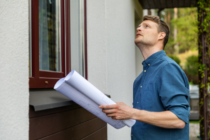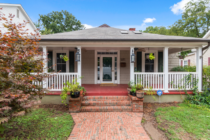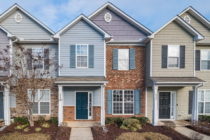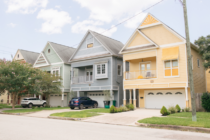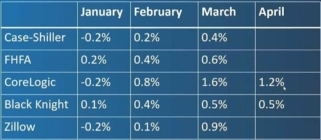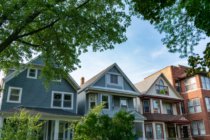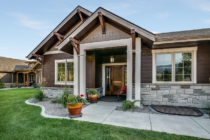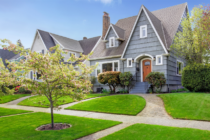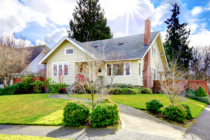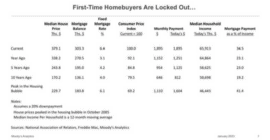
We constantly hear horror stories about the housing affordability crisis, and how it will push too many buyers out of the market and foster a correction of sorts.
CNBC’s Diana Olick is one pundit who frequently spreads concern about the issue, as she did in this recent article.
And, here is another recent example from The Philadelphia Inquirer.
So – is the recent run-up in home prices exacerbating the “affordability crisis?”
According to Barry Habib (yes, Barry again), the answer is no.
Once again, I love quoting Mr. Habib, CEO of MBS Highway, because he has been so accurate with his predictions in recent years, having won three “Crystal Ball Awards,” as presented by Zillow and Pulsenomics to the economist who has been the most accurate with predictions.
Mr. Habib was on this recent Housing News Podcast in which he re-stated many of the positions he took last year.
He still believes inflation is transitory; that rates will drop again in 2022 and 2023; that housing remains a good buy in most markets; and that the forbearance crisis is overblown too.
But, the most important point for purposes of this blog was his perspective on the affordability crisis – a “crisis” that Habib says is way overblown.
This is why:
- Median Home Price vs. Average Home Value. The media frequently rings alarm bells over the 19% increase in the median home price over the last year. But, median home prices merely reflect the midpoint between all purchase prices and they do NOT reflect “average home values.” Hence, if home values did not appreciate at all, but everyone suddenly started to buy larger and more expensive homes, the median home price would still rise even when average values do not. That is what we saw last year as people searched for more expansive living conditions as a result of COVID. In any case, the “average home value” appreciated 12% to 13% last year – still significant, but a lot less than the 19% median price increase.
- Weekly vs. Hourly Earnings. The media focuses on average hourly earnings increases relative to housing price increases, but Habib makes the case that we should focus instead on average weekly earnings because that better reflects actual income. This is because weekly earnings reflect overtime and total hours worked, which of course can vary significantly. Hourly earnings increased about 4% over the last year, per Habib, while weekly earnings increased over 7%.
- A 13% Increase In Prices Does NOT Require A 13% Increase In Income. This is the biggest source of confusion, particularly amongst our “math-deprived” media 😊. Mr. Habib uses this example: A buyer with $5,000 of monthly income looked at a house in 2020 that would have resulted in a principal and interest payment of $1,000. The buyer decided not to buy and returns to the market this year. But that same house is now 13% more expensive, resulting in a 13% higher payment. Because rates are almost the same as last year, the new payment would simply be 13% higher at $1,130. So yes, the payment is $130 HIGHER, but that reflects ONLY 2.6% of the borrower’s income. So, if her income rose by only 2.6% over the last 12 months, she can easily afford the higher payment. And, for most borrowers, their incomes have risen over 7%, giving them a lot of leeway on the affordability scale.
So, the recent run-up in prices is NOT exacerbating the affordability crisis as much as the media would have us believe.
Could there still be an affordability crisis?
Heck yeah, particularly if values and interest rates continue to rise.
Jay Voorhees
Founder/Broker | JVM Lending
(855) 855-4491 | DRE# 1197176, NMLS# 310167



